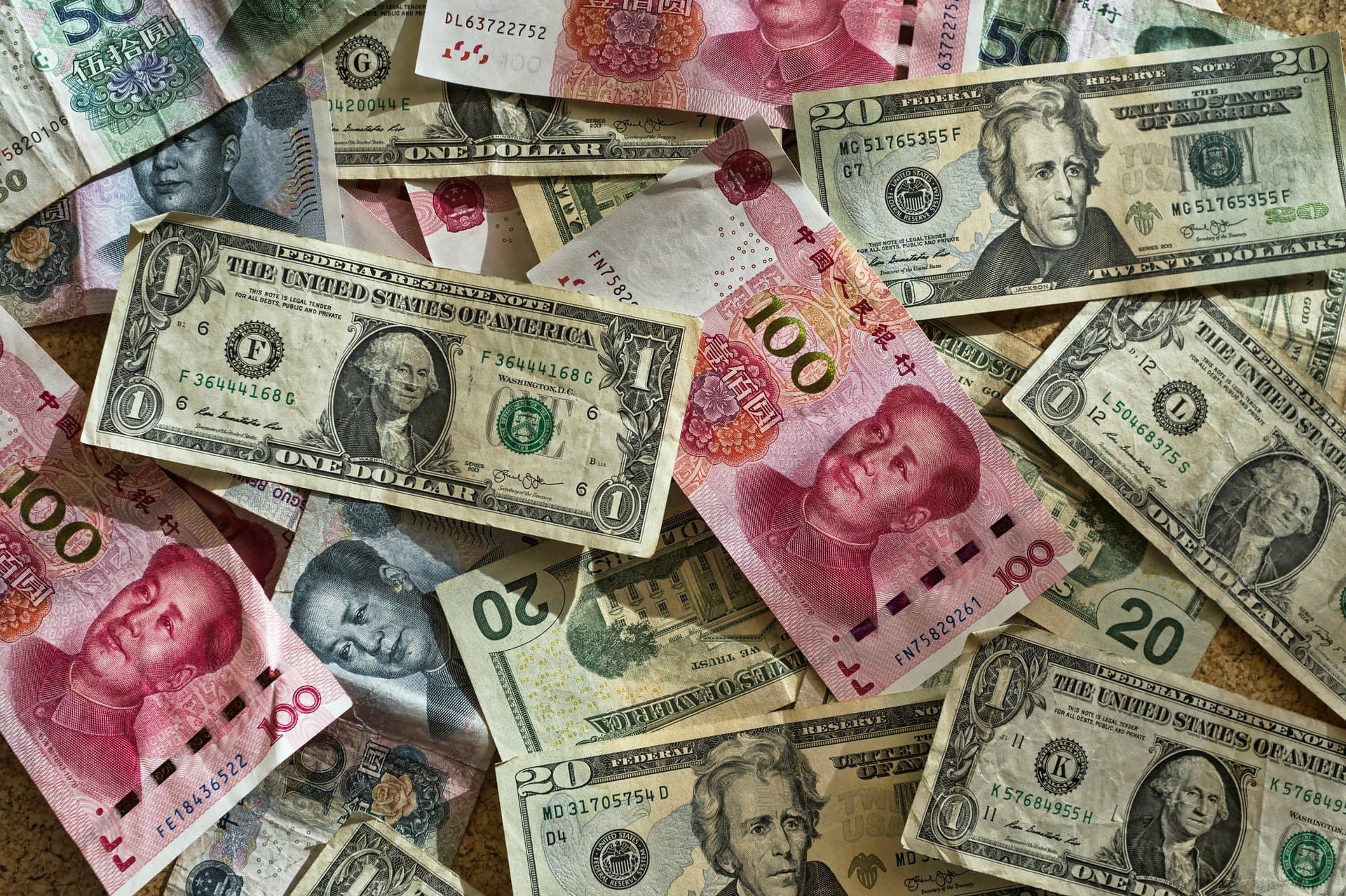China’s Economic Stimulus: 5 Key Insights on Rate Cuts
Discover how China’s recent interest rate cuts and liquidity measures aim to stabilize its trade-war-hit economy with 5 essential insights into policy moves and market impacts.

Key Takeaways
- China cut the seven-day reverse repurchase rate by 10 basis points to 1.4%
- Reserve requirement ratio lowered by 50 basis points, releasing $138 billion liquidity
- Measures target key sectors like technology, real estate, and elderly care
- Stimulus aims to soften trade war impact amid slowing manufacturing
- Policy easing may have modest effect due to weak credit demand

China’s economy is navigating choppy waters as the trade war with the United States tightens its grip. In a decisive move, the People’s Bank of China (PBOC) slashed short-term interest rates and eased reserve requirements, unleashing a fresh wave of liquidity to keep the economic engine humming. These sweeping measures come just ahead of high-stakes trade talks in Geneva, signaling Beijing’s urgency to stabilize growth amid mounting uncertainties. But what do these policy shifts mean for China’s markets, businesses, and global trade? This article unpacks 5 key insights into China’s recent monetary stimulus, revealing the strategy behind the numbers and what lies ahead for the world’s second-largest economy.
Cutting Interest Rates
Imagine the central bank as the economy’s thermostat, dialing down borrowing costs to keep the system from overheating or freezing. On Wednesday, China’s People’s Bank turned that dial slightly lower, cutting the seven-day reverse repurchase rate from 1.5% to 1.4%. This seemingly small 10 basis point drop nudges down the loan prime rate, making it cheaper for banks to lend money. The move is a direct response to the economic chill caused by the escalating trade war with the U.S., which has rattled markets and slowed factory activity to its weakest in 16 months.
Lower interest rates typically encourage businesses and consumers to borrow and spend, injecting vitality into a sluggish economy. But here’s the catch: Chinese economists note that borrowing has been somewhat insensitive to interest rates lately. So while the rate cut is a welcome caffeine shot, it might not be enough to jolt credit demand back to life. Still, it’s a clear signal that Beijing is ready to act and keep the economic wheels turning amid global uncertainty.
Easing Reserve Requirements
Banks are like reservoirs holding cash, and the reserve requirement ratio (RRR) dictates how much water they must keep locked away, limiting how much they can lend. China’s central bank lowered this ratio by 50 basis points, freeing up approximately 1 trillion yuan—about $138 billion—to flow into the economy starting May 15. This is the first RRR cut since September last year, signaling a fresh push to boost liquidity.
By loosening these constraints, banks gain more firepower to extend loans, especially to sectors prioritized by the government, such as scientific innovation and elderly care. Yet, the real test lies in whether businesses and consumers will step up to borrow. Capital Economics warns that while supply is ready, demand remains lackluster. This delicate balance highlights the challenge of stimulating growth when confidence is shaken by trade tensions and global fragmentation.
Targeting Key Sectors
China’s stimulus isn’t a scattergun approach; it’s a carefully aimed salvo targeting sectors vital for future growth and social stability. The central bank announced a 500-billion-yuan relending facility to support consumption and elderly care services, alongside measures to back technology-related bonds and real estate financing. Mortgage rates under the government-backed housing provident fund were trimmed by 25 basis points, lowering five-year loan rates for first-time homebuyers to 2.6% from 2.85%.
These targeted moves reflect Beijing’s dual focus: cushioning the immediate blow of tariffs while nurturing long-term priorities like innovation and demographic shifts. Removing reserve requirements for auto financing firms further signals a push to revive consumer spending. Yet, the broader question remains—will these tactical injections be enough to offset the headwinds from a trade war that has already disrupted supply chains and dampened export orders?
Navigating Trade War Pressures
The backdrop to China’s monetary easing is a trade war that has escalated tariffs to eye-watering levels—145% on U.S. imports by the U.S. and 125% retaliatory tariffs by China. This standoff has rattled global markets and sent manufacturing activity into a sharp slowdown. The economic pain is palpable, with exporters losing their biggest customer and deflationary pressures mounting.
China’s policymakers are walking a tightrope, balancing the need to support domestic growth without signaling weakness in trade negotiations. The timing of the stimulus, just before high-level talks in Geneva, suggests a strategic move to create a policy buffer. Yet, as experts note, these measures are preventive rather than a full-scale stimulus blitz. The trade war’s shadow looms large, and the path to resolution remains uncertain, making China’s economic resilience a story to watch closely.
Assessing Impact and Outlook
So, what’s the bottom line? China’s monetary stimulus injects a substantial liquidity boost and lowers borrowing costs, but the economic impact is expected to be positive yet modest. Analysts highlight that the main bottleneck isn’t the availability of credit but the appetite for borrowing. Businesses and consumers remain cautious amid global uncertainties and trade tensions.
The yuan’s recent stabilization near the 7.20 per dollar mark eases fears of capital flight, giving the central bank more room to maneuver without risking currency depreciation. Still, fiscal policy measures remain on standby, ready to be unleashed if economic deterioration becomes more pronounced. For investors and global observers, China’s moves underscore a pragmatic approach—steady support without overreach—as the world’s second-largest economy braces for what could be a prolonged period of trade friction and market volatility.
Long Story Short
China’s recent monetary stimulus paints a picture of cautious urgency—cutting rates and freeing up trillions in liquidity to counter the trade war’s sting. While these moves inject much-needed confidence and support key sectors like technology and real estate, experts caution that the impact may be modest given weak borrower demand. The yuan’s stabilization offers a silver lining, easing fears of capital flight amid rate cuts. As Beijing prepares for critical trade talks, these measures serve as a tactical buffer rather than a full-scale economic overhaul. For global markets and businesses intertwined with China, the message is clear: resilience is the watchword, but the road ahead remains uncertain. Staying informed and adaptable will be key as China balances stimulus with the realities of a fragmented global economy.